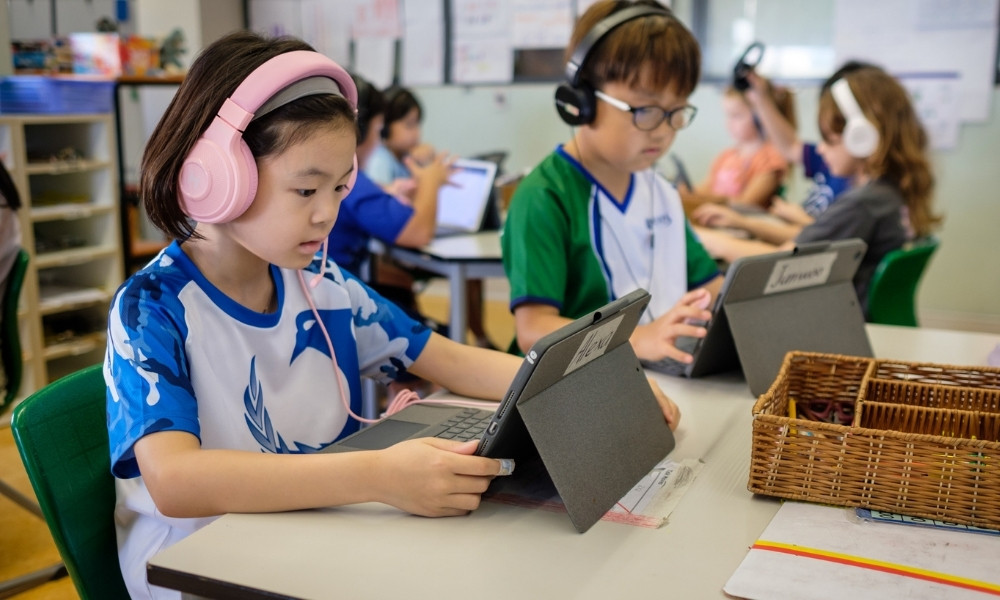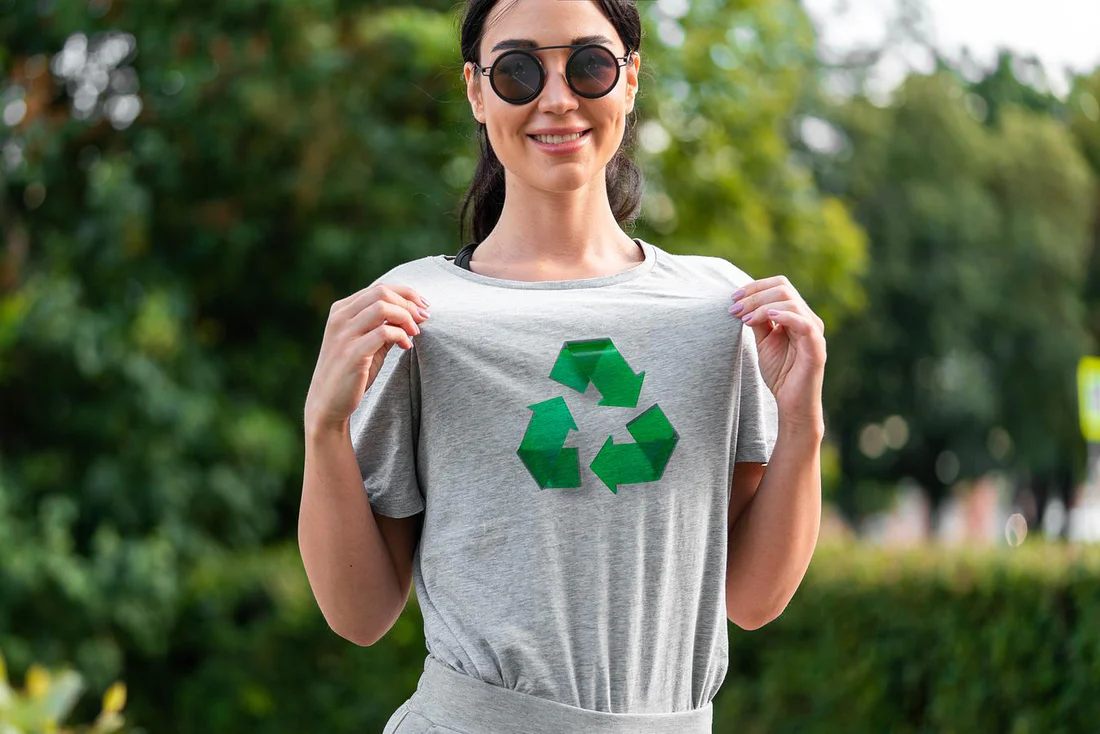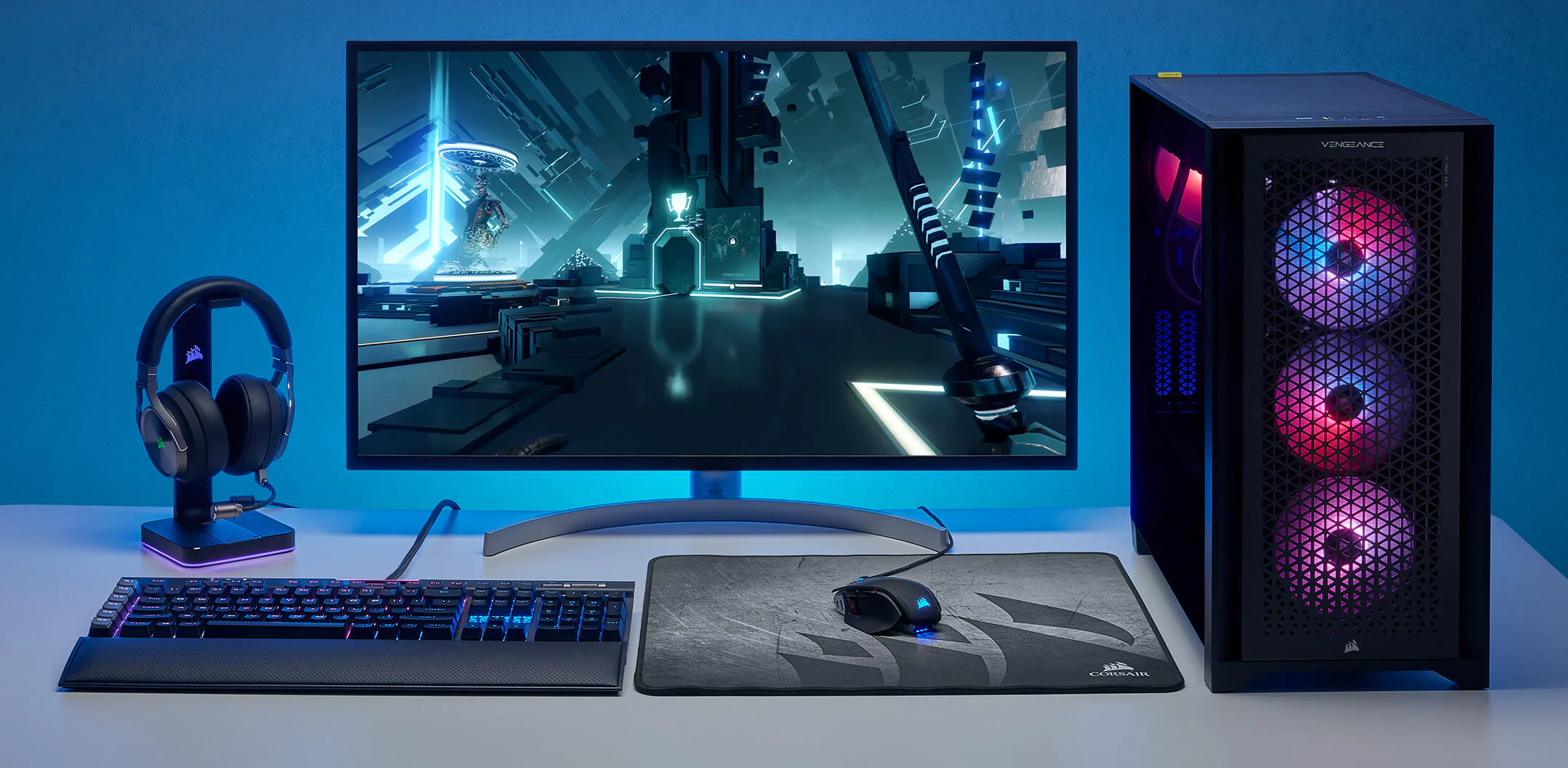In today’s digitally connected world, social media communication shapes the way we interact more than ever before. But how does social media affect social skills beyond simple texting and posting? Understanding this impact is crucial as these platforms redefine how we socialize, communicate emotions, and build relationships.
From casual social media interactions to deeper connections, the role of technology challenges traditional socialization skills. Tools like the AI assistant avatar are now helping bridge gaps in communication, offering new ways to improve social skills in this evolving digital landscape.
What Are Social Skills and Why They Matter
Social skills are the essential abilities that allow us to communicate effectively and build meaningful relationships. These skills encompass verbal communication, such as speaking clearly and articulating thoughts, non-verbal cues like body language and facial expressions, and emotional intelligence, including empathy and self-awareness.
Common social skill examples include active listening—truly understanding what others are saying—expressing empathy to connect on an emotional level, and interpreting body language to gauge unspoken feelings. Mastering these skills is fundamental for successful social interactions and personal growth.
How Does Social Media Affect Social Skills
The rise of social media communication has fundamentally shifted how we interact, moving from traditional face-to-face exchanges to screen-based conversations. This change affects how people develop and use socialization skills, often reducing opportunities to practice real-time adaptability and interpret subtle cues.
While social media interactions offer convenience, they can limit the depth of emotional connection and nuance found in in-person communication. Modern tools like the virtual AI assistant avatar are emerging as new layers of communication, blending digital convenience with personalized interaction to help bridge this gap. However, understanding how does social media affect social skills remains crucial for navigating today’s complex social landscape.
Social Media Communication vs. Real-World Interaction
Social media communication and real-world interaction each have distinct impacts on how we develop and express social skills. While social media interactions offer speed and convenience, they often lack the spontaneous expression and rich non-verbal cues that face-to-face communication provides. The table below highlights key differences:
|
Aspect |
Social Media Communication |
Real-World Interaction |
| Expression | Often delayed, curated, and edited | Immediate, spontaneous, and natural |
| Non-verbal cues | Limited to emojis, images, and videos | Full range of body language, tone, facial expressions |
| Emotional nuance | Harder to convey and interpret | Easier to convey through voice and gestures |
| Adaptability | Reduced due to asynchronous conversations | High, with real-time feedback and adjustments |
| Social skill examples | Written communication, emoji use | Active listening, eye contact, empathy |
Understanding these differences is essential for improving social skills in both digital and physical environments, ensuring balanced and effective communication.
Social Media Impact on Communication Skills
Social media communication significantly changes how we develop and use our social skills. The shift from face-to-face interactions to screen-based conversations reduces our ability to read subtle social cues like facial expressions, gestures, and tone of voice—elements essential for effective socialization skills. This limitation creates challenges in understanding others’ emotions and intentions, making it harder to connect deeply or respond appropriately in real time. Moreover, the asynchronous nature of social media often delays responses, further weakening our capacity to regulate emotions during interactions.
Challenges in Reading Social Cues and Regulating Emotions
On social media platforms, the absence of non-verbal communication signals limits our ability to interpret context fully. Without facial expressions or vocal tones, misunderstandings arise more easily, and it becomes difficult to gauge the emotional state of others. This lack of nuance impairs our emotional regulation skills, which are crucial for maintaining calm and reacting thoughtfully during conversations.
Effects on Conflict Resolution and Empathy
Because social media interactions often lack depth and immediacy, resolving conflicts constructively becomes more complicated. The limited cues make it harder to empathize, as empathy relies heavily on recognizing and mirroring emotions through both verbal and non-verbal signals. This erosion in empathy can lead to more frequent misunderstandings, less patience, and increased social friction—consequences that impact both online and offline relationships.
Has Social Media Improved Human Communication in Any Way?
The question has social media improved human communication invites a nuanced answer. On one hand, social media communication has expanded inclusivity and access, connecting people across geographic, cultural, and social boundaries like never before. Platforms allow users to find support communities, share experiences, and express themselves in ways that might not be possible offline, benefiting especially marginalized or isolated groups.
However, whether social media improves communication largely depends on how it’s used, the user’s age, and their intent. For younger generations, who grow up immersed in digital interactions, social media can enhance socialization skills by providing diverse social experiences and practice in managing online relationships. Yet, for others, overreliance on digital communication can hinder face-to-face skills and emotional depth. Ultimately, the impact is not uniform—improvement in communication happens when social media is used mindfully and balanced with real-world interactions.
Improving Social Skills in a Digital World
In the age of pervasive social media communication, improving social skills requires intentional effort to balance digital and real-world interactions. Setting screen time limits helps reduce excessive online exposure, while scheduling regular face-to-face time ensures practice of essential social skills like reading body language and tone.
Joining group activities or clubs encourages authentic socialization skills and provides safe spaces to develop empathy and active listening—key social skill examples necessary for effective communication. Additionally, monitoring mental health and fostering digital self-awareness helps individuals recognize when social media interactions might be negatively impacting their emotional well-being and interpersonal abilities.
Through a thoughtful combination of online and offline experiences, it’s possible to strengthen socialization skills and adapt successfully to the evolving communication landscape.









